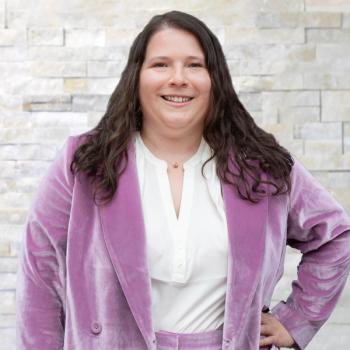
Peter R. Griffiths Named Recipient of the 2012 ANACHEM Award
The Association of Analytical Chemists (ANACHEM) organization and the Federation of Analytical Chemistry and Spectroscopy Societies (FACSS) have selected Peter R. Griffiths as the recipient of the 2012 ANACHEM Award.
The Association of Analytical Chemists (ANACHEM) organization and the Federation of Analytical Chemistry and Spectroscopy Societies (FACSS) have selected Peter R. Griffiths as the recipient of the 2012 ANACHEM Award. The award was established in 1953, and is presented annually to an outstanding analytical chemist based on activities in teaching, research, administration, or other activity that has advanced the art and science of the field.
Griffiths received his doctorate in physical chemistry at Oxford University (Oxford, UK) and did postdoctoral research at the University of Maryland (College Park, Maryland). He then worked as product specialist at Digilab (Holliston, Massachusetts), where the first FT‐IR spectrometer of the modern era was developed. He was subsequently appointed as manager of analytical services at Sadtler Research Laboratories in Philadelphia, Pennsylvania (now the Bio‐Rad Informatics Division). He started his academic career at Ohio University (Athens, Ohio), where he ultimately achieved the rank of distinguished professor. He then moved to the University of California, Riverside before being appointed chair of the chemistry department of the University of Idaho (Moscow, Idaho), where he is now professor emeritus.
Griffiths has worked in many different aspects of vibrational spectroscopy since 1964. The research in his laboratory has been largely centered on the application of infrared and Raman spectrometry to the solution of problems of analytical, environmental and structural chemistry. Topics on which he has published extensively include various types of infrared reflection spectroscopy, Raman spectroscopy, chemometrics and data processing, development of instrumentation for infrared spectroscopy (especially FT‐IR), hyphenated techniques, open‐path atmospheric monitoring and surface‐enhanced infrared and Raman spectroscopy. He is the author of over 300 refereed papers and 45 book chapters, and has written or edited 12 books on various aspects of vibrational spectroscopy, including Fourier Transform Infrared Spectrometry (two editions) and the five‐volume Handbook of Vibrational Spectroscopy.
Griffiths has been very involved in the activities of the Society for Applied Spectroscopy. He was president of the Society in 1994 and was awarded honorary membership of the Society, as well the Distinguished Service Award. He served as associate editor of the journal Applied Spectroscopy for almost twenty years and took over as editor‐in‐chief in July 2009. He has won a number of awards including the Coblentz award, the Spectroscopy Society of Pittsburgh Award, the Birth Award for near‐infrared spectroscopy, the Bomem‐Michelson Award, the Prëgl medal of the Austrian Society of Analytical Chemistry and the Gold Medal of the New York Section of the SAS. He was awarded an Alexander von Humboldt Research Fellowship that enabled him to spend a year at the Technical University of Dresden and, most recently, an Erskine Fellowship to the University of Canterbury, New Zealand. He directs the week‐long summer courses on the interpretation and applications of infrared and Raman spectra that are held annually at Bowdoin College in Brunswick, ME, and occasionally in Sweden.
Newsletter
Get essential updates on the latest spectroscopy technologies, regulatory standards, and best practices—subscribe today to Spectroscopy.



